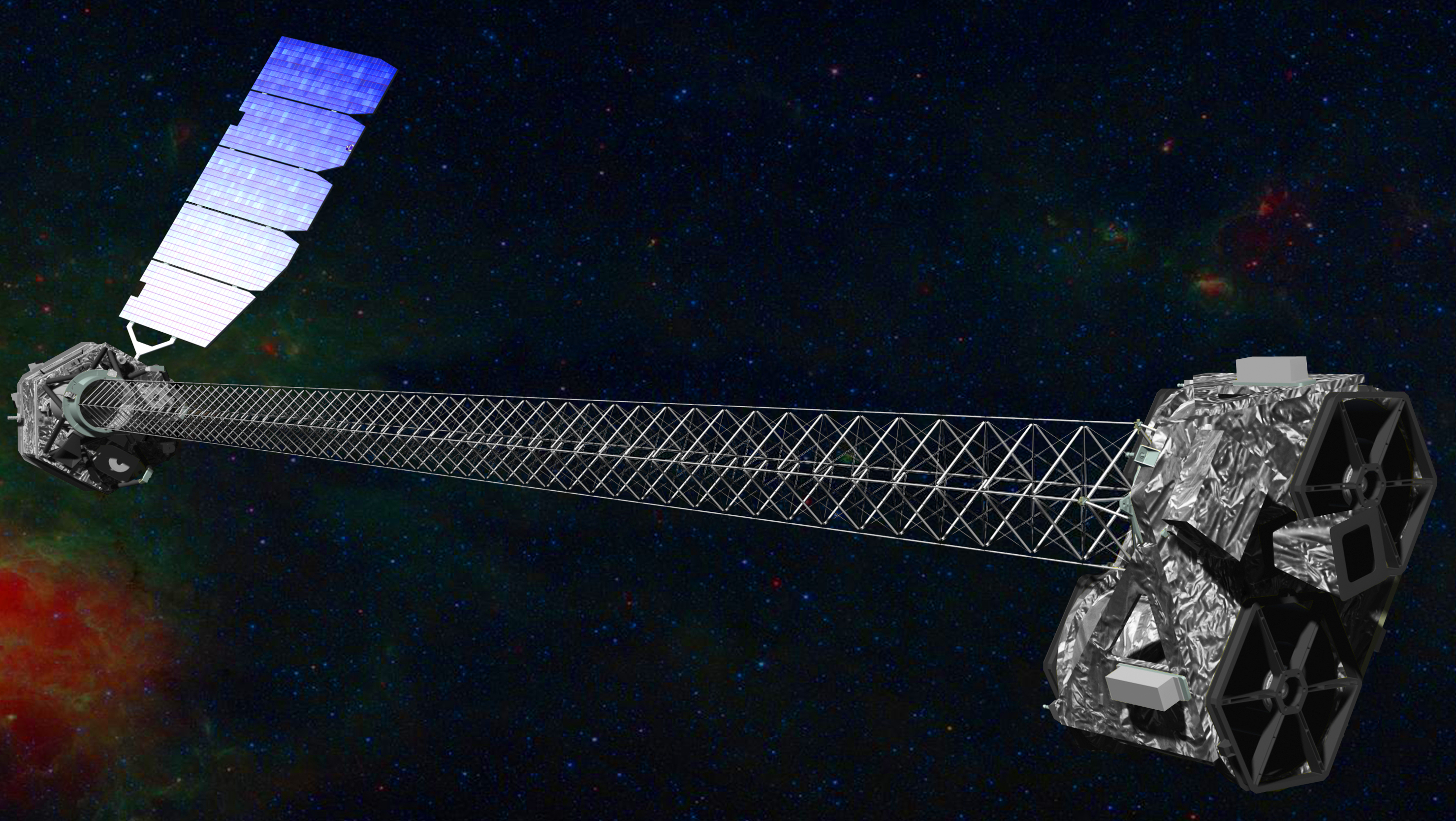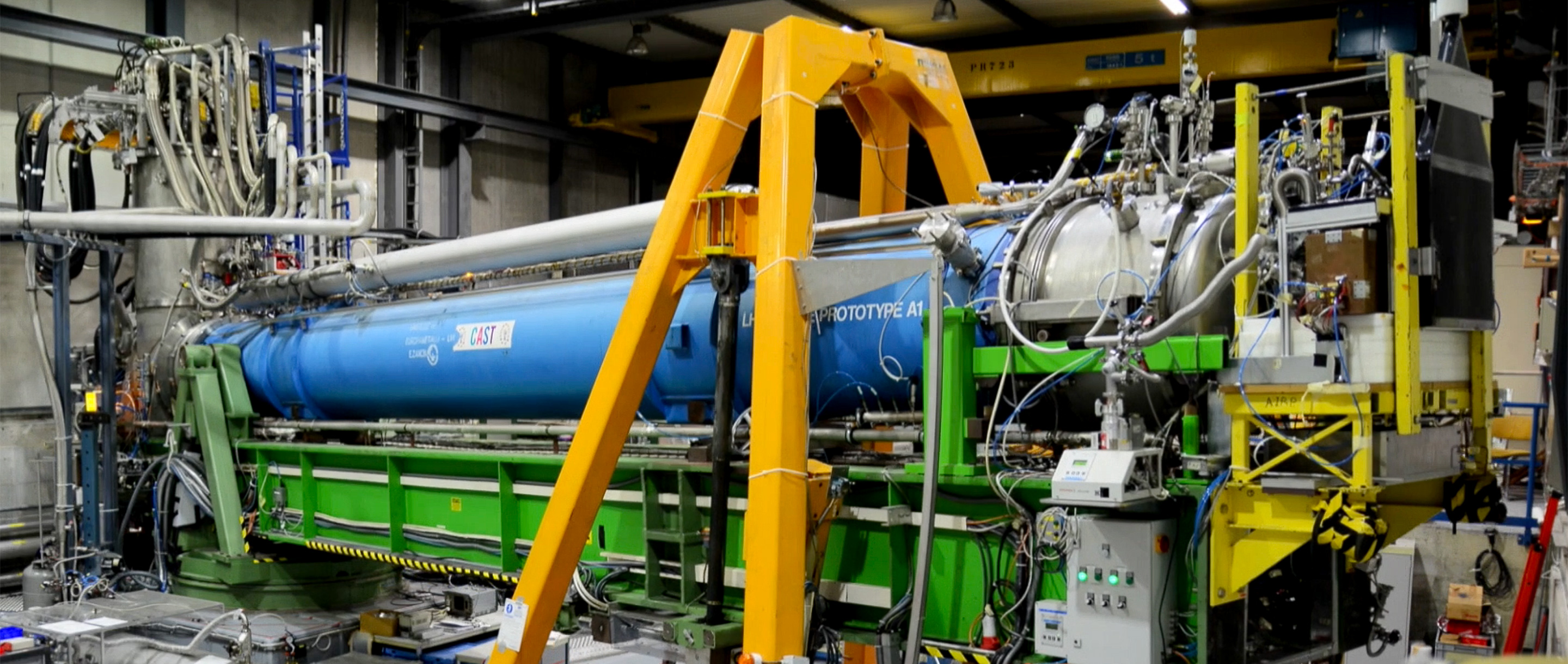A Hint of Dark Matter Sends Physicists Looking to the Skies
Introduction
Approximately 85% of the mass in the universe is missing — we can infer its existence, we just can’t see it. Over the years, a number of different explanations for this “dark matter” have been proposed, from undiscovered particles to black holes. One idea in particular, however, is drawing renewed attention: the axion. And researchers are turning to the skies to track it down.
Axions are hypothetical lightweight particles whose existence would resolve two major problems. The first, fussed over since the 1960s, is the strong charge-parity (CP) problem, which asks why the quarks and gluons that make up protons and neutrons obey a certain symmetry. Axions would show that an unseen field is responsible.
The second is dark matter. Axions “are excellent dark matter candidates,” said Asimina Arvanitaki, a theoretical physicist at the Perimeter Institute for Theoretical Physics in Waterloo, Canada. Axions would clump together in exactly the ways we expect dark matter to, and they have just the right properties to explain why they’re so hard to find — namely, they’re extremely light and reluctant to interact with regular matter.
Earlier this year, a group of scientists reported that they might have spotted evidence of axions being produced by neutron stars — collapsed stars that are so dense, a tiny sample little bigger than a grain of sand would weigh as much as an aircraft carrier. Ever since the 1980s, physicists have thought that if axions do exist, they should be produced inside the hot cores of neutron stars, where neutrons and protons smash together at high energies.
Axions should be billions of times less massive than electrons, so they would be able to escape a dense neutron star’s innards into space. Here they would encounter the extremely strong magnetic field of the neutron star. In the presence of such a strong magnetic field, axions are predicted to turn into ordinary photons, or particles of light. (This property forms the basis for earthbound axion searches such as the Axion Dark Matter Experiment, which uses powerful magnets to try and spot the transformation in action.) Axions flying through the neutron star’s magnetic field would be transformed into X-ray photons.
These X-rays are hard to spot, however. Most known neutron stars are rapidly spinning pulsars, which release copious amounts of X-rays anyway — no axions needed. That’s why the new research focused on a group of seven neutron stars in our galaxy known as the “magnificent seven,” so named because they are the only known neutron stars not to rotate rapidly. “They are the most boring neutron stars you could possibly imagine,” said Benjamin Safdi, a physicist at the University of California, Berkeley, and a co-author on the study. “They’re just sitting there.”
In the study, published in Physical Review Letters, Safdi and his colleagues suggest that all but one of these neutron stars show an excess of higher-energy X-rays that “could possibly be explained by the existence of axions,” Safdi said. The team does not claim a definitive discovery, but rather highlights the discrepancy for further investigation.
Yet the trouble with looking into space for evidence of paradigm-breaking discoveries is that unlike an ultra-clean laboratory on Earth, space has a lot of things going on. We could simply be observing some other astrophysical process, unrelated to axions, or the excess X-ray signal might not really be there at all. Safdi’s team plans to investigate the matter further with additional instruments, like NASA’s NuSTAR X-ray telescope, which can observe higher-energy X-rays than other space telescopes can see. “By observing these higher-energy X-rays, we could separate out a potential signal of axions,” said Safdi.
Other axion searches use our sun, which is expected to produce axions in its interior that then stream into space. A long-running experiment at CERN in Switzerland called the CERN Axion Solar Telescope (CAST) points a 10-meter-long superconducting magnet at the sun. The magnet would turn any incoming axions into X-ray photons, which would then get picked up by a detector placed at the back end of the magnet.

The NuSTAR telescope is sensitive to the high-energy X-rays that would provide stronger evidence for the existence of axions.
NASA/JPL-Caltech
CAST hasn’t found any axions, but its results, like those of other searches taking place, provide useful constraints on axion characteristics, such as when axions might morph into photons. Work has begun on CAST’s successors, which will use bigger and more powerful magnets. By 2024, the Baby International Axion Observatory (BabyIAXO) will be switched on at a German accelerator center called DESY. It will be 100 times more sensitive than CAST and will serve as the precursor to the full IAXO experiment, which will be “yet another factor of 100 better,” said Igor Irastorza, one of the leaders of CAST.
Researchers are also exploring indirect ways to spot the influence of axions out in space. Some white dwarfs — the remnant cores of stars like our sun that have exhausted their fuel — appear to be cooling down faster than expected. One possibility might be that axions are escaping from the dead stars, taking energy with them. The rapid cooling is “exactly what one would expect if there are axions draining energy from this star,” said Irastorza. (A definitive link cannot yet be drawn, however.) Elsewhere, black holes have been touted as prime laboratories for probing the existence of axions by looking for signs of a process called superradiance, a phenomenon where lightweight particles — such as axions — could slow the spin of a black hole anywhere from 10% to 90% by causing it to lose energy and angular momentum. “If you see a very quickly spinning black hole, you know that this process did not happen,” said Masha Baryakhtar, a particle physicist at the University of Washington. But if we can measure the masses and spins of enough black holes, such as with the LIGO and Virgo gravitational wave detectors, we could begin to look for patterns that might “match up with the calculations of what they should be if axions are there,” said Baryakhtar.
As axions have slowly become one of the most tantalizing dark matter candidates, researchers have come up with ever more elaborate ways to find a wisp of a particle that may not even exist. “The field is just exploding,” said Arvanitaki. And though earthbound searches “haven’t seen anything of note,” said Jesse Thaler, a particle physicist at the Massachusetts Institute of Technology, looking up might turn out to be the most promising way to track them down. “Because axions or other dark matter-like particles are so feebly interacting, you need a big number somewhere to ratchet it up to something you could see,” said Thaler. “And one of the biggest numbers you can imagine would be [to] leverage the entirety of the universe as a detector.”




